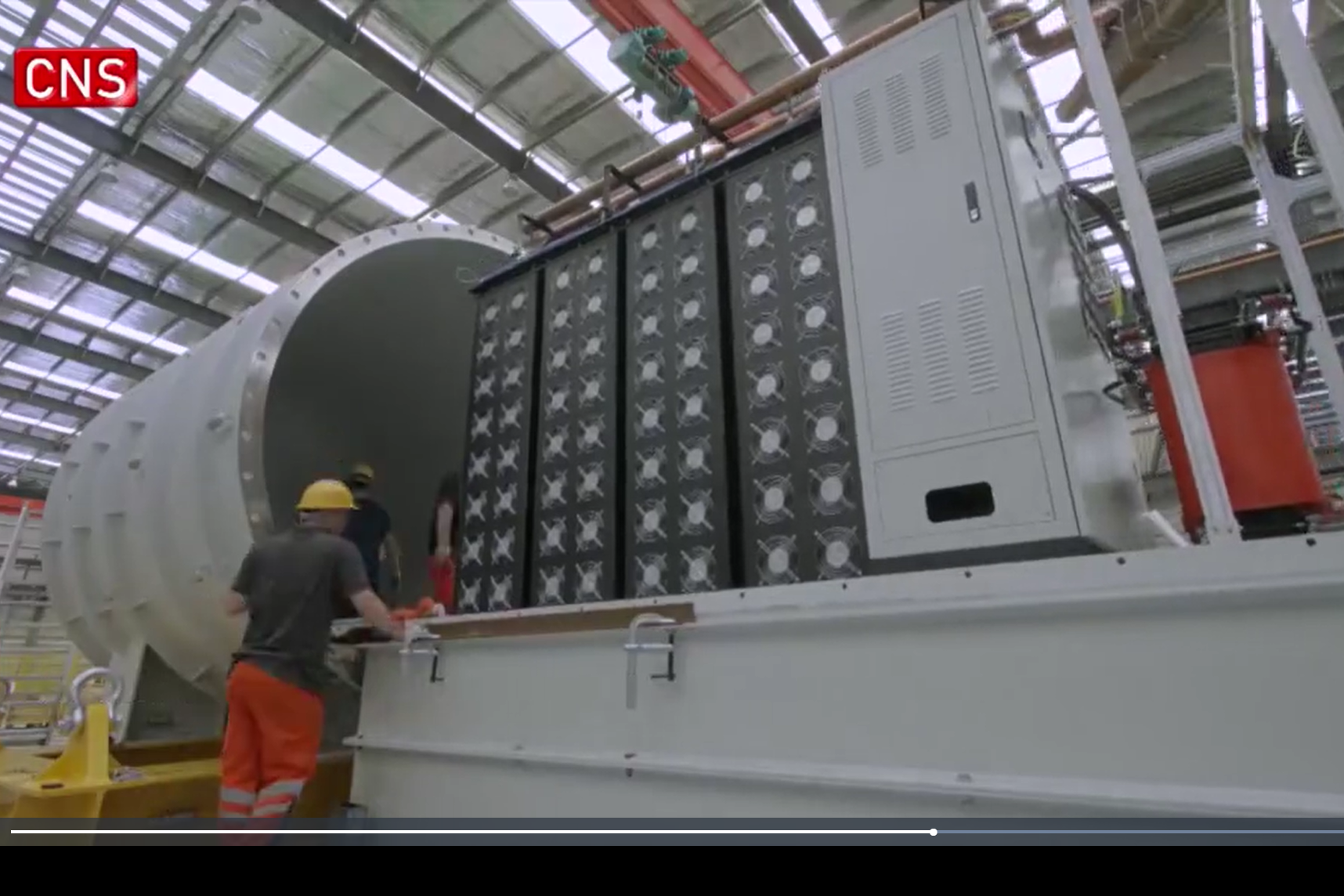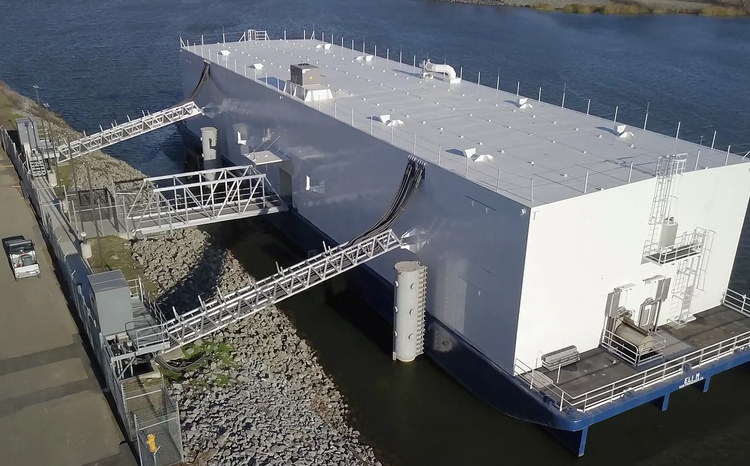
For several years now, several companies have been testing the operation of server equipment under water. This is done, for example, by Microsoft, as well as by several smaller companies. But so far, they have not advanced beyond the tests.
China, on the other hand, seems to be very serious. Officials from the Hainan Provincial Administration announced the start of work on the creation of an underwater data center. Successful field testing completed. Construction of a full-fledged data center has now begun by Highlander and several other partners.
What is this project?
According to the plan, about 100 specialized pressurized tanks will be installed on the seabed. Server equipment will be located inside them. The launch of the project was announced at a major event attended by government officials and companies such as Highlander, Sinnet, Hainan Telecom and Lenovo.
All necessary communications are connected to the tanks using specialized submarine cables - this applies to both the network infrastructure and power supply. Cooling, as you might guess, is carried out with the help of sea water, which is around, in the literal sense of the word - at least fill up.
The main initiator of the project is the Highlander company. Its management considers subsea data centers to be a very promising area of work in telecommunications. The company said it was inspired by the example of Microsoft, which has been testing an undersea data center for two years, claiming satisfactory results. But Microsoft has not yet said anything about the commercialization of its project, and the Chinese company is doing it right now.

On May 21, Highlander, Hainan Port Authority and Investment Company officials announced a five-year plan to build an underwater center. The tanks are located at the bottom of the sea around a central communication module, which is like the core of the entire system. The main advantage of such a data center is energy savings due to the absence of the need to deploy a complex cooling system.
By the way, the data center is located next to the nuclear power plant, so there is no problem in the supply of energy - the station will supply as much electricity as needed.
The test data center, by the way, was slightly damaged by a very strong storm, so the organizers of the project drew conclusions. The next data center will be located in a region of the seabed where damage from storms is unlikely or very unlikely.
Everything goes according to plan?
Seems Yes. The project will be implemented in three stages. In 2021, only 5 tanks will be installed, which will start working immediately after installation. The company will connect another 45 of the same tanks from 2022 to 2023. And if everything goes well, then another 50 units will be put into operation - already from 2024 to 2025. At this stage, interested companies that will become Highlander customers will be connected to the project. Another advantage of this type of data center is its scalability. According to company representatives, scaling can be as large as you want; you can deploy a full-fledged data center very quickly, provided the modules are ready.
The data center will be served by the commercial port of Hainan, which constantly requires more and more computing power. Why a port? The fact is that the provincial government plans to turn the entire Hainan Island into the largest economic zone in China with a lot of tax breaks, attraction of tourists and support for the technology sector.

According to experts, this kind of objects also have disadvantages. Even if they operate completely autonomously, without requiring regular maintenance, and the cooling system will reduce energy costs, the initial investment can spoil the attractiveness of such a data center. It will take a lot of money to build an underwater data center. The representative of the analytical agency CCID Consulting said that he doubted the profitability of data centers located under water, in his opinion, the commercial value of such systems tends to zero.
On the other hand, Hainan's climate is tropical. The average annual temperature is quite high here. During the transformation of the zone into an economically free zone, significant computing power will be needed here, which will lead to the construction of a data center. Their cooling will require a huge amount of energy, so it may be more profitable to put the data center to the bottom, so to speak.
What's next?
Highlander said that if the first project is successful, it will deploy a series of subsea data center projects, including the commercial port mentioned above, one of the Big Bay areas, the Yangtze River Delta and the Bohai Economic Region.

By the way, the Chinese would not hurt to pay attention to another project - not just an underwater, but a floating data center. A few weeks ago, the company announced the start of operation of its first data center, which is located on the water. As planned, the energy efficiency of a floating data center is much higher than that of conventional data centers. Here are the main advantages of the project:
• The main thing is water, which in the case of floating data centers is partially or completely free, and it can be taken from any point.
• Another advantage is mobility. Nautilus Floating Data Center can be deployed virtually anywhere in the world with the necessary infrastructure. There are not so few such places.
• Savings. A floating data center does not need land, which is very expensive in many regions. In addition, due to the features of the cooling system, the cost of heat removal is reduced by at least a third.
In any case, the data center industry is evolving - it is interesting to see how unusual types of data centers appear, which, perhaps, in 5-10 years will become more numerous. Of course, such objects are not competitors to conventional data centers, since they are designed to solve specific problems.
